Customizing which applications launch when you sign into Windows 11 can enhance your efficiency by having your preferred programs ready to use. By accessing the Startup folder, you can add or remove programs that run automatically at startup. This guide will walk you through the methods to access the Startup folder and how to add programs to it.
Ways to access the Startup folder
1. Using the Run command
Accessing the Startup folder via the Run command is quick and straightforward.
Step 1: Press the Windows+R keys together on your keyboard to open the Run dialog box.
Step 2: In the Run dialog, type the following command and press Enter to open the Startup folder in File Explorer.
shell:startup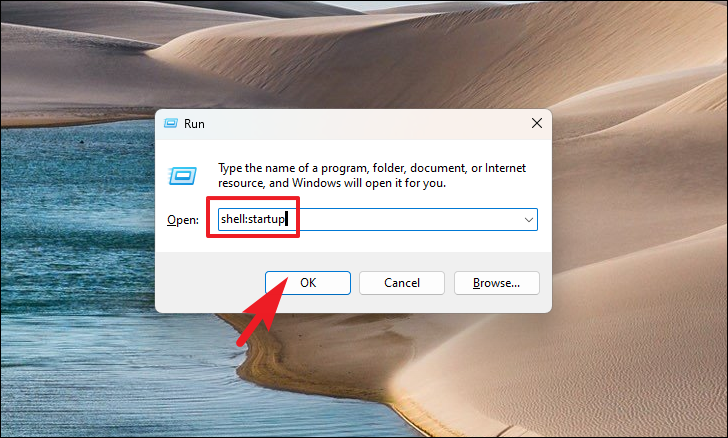
Step 3: If the above command doesn't work, try typing the following command and press Enter:
%appdata%\Microsoft\Windows\Start Menu\Programs\Startup
2. Using File Explorer
You can also navigate to the Startup folder directly through File Explorer.
Step 1: Open File Explorer by double-clicking the This PC icon on your desktop or by pressing Windows+E on your keyboard.
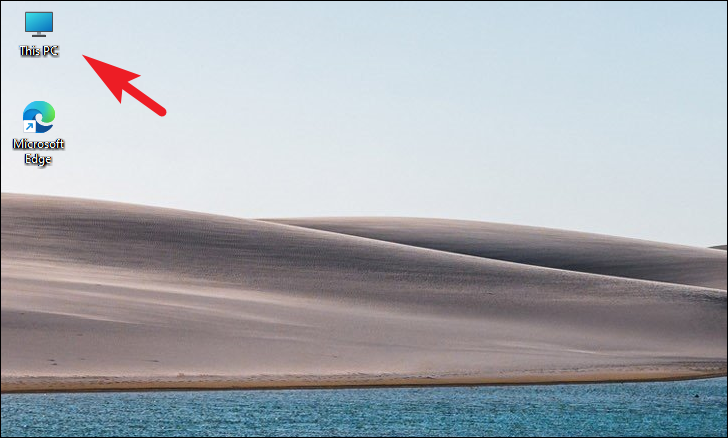
Step 2: To display hidden files and folders, click on the ellipsis (three dots) in the toolbar at the top and select Options.
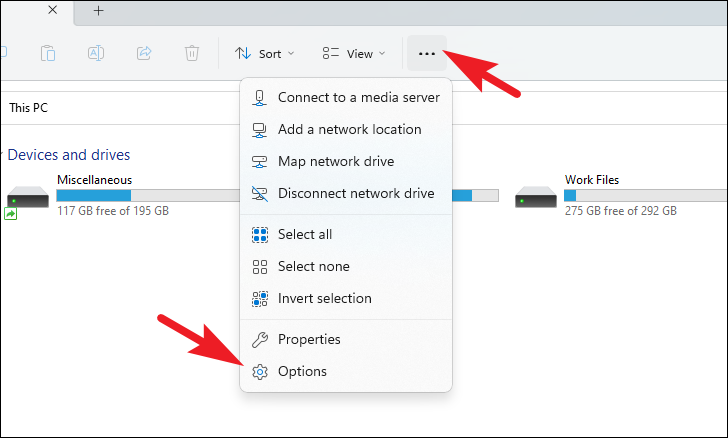
Step 3: In the Folder Options window, go to the View tab. Under Advanced settings, select Show hidden files, folders, and drives. Click Apply and then OK.
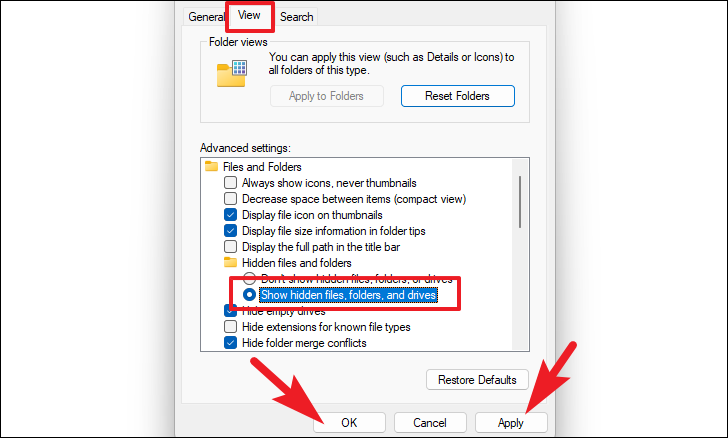
Alternatively, you can quickly show hidden items by:
Step 4: Clicking on the View tab in the toolbar, hovering over Show, and then selecting Hidden items.

Step 5: Navigate to your Windows installation drive, typically labeled as Local Disk (C:) and often marked with the Windows logo.

Step 6: Open the Users folder.
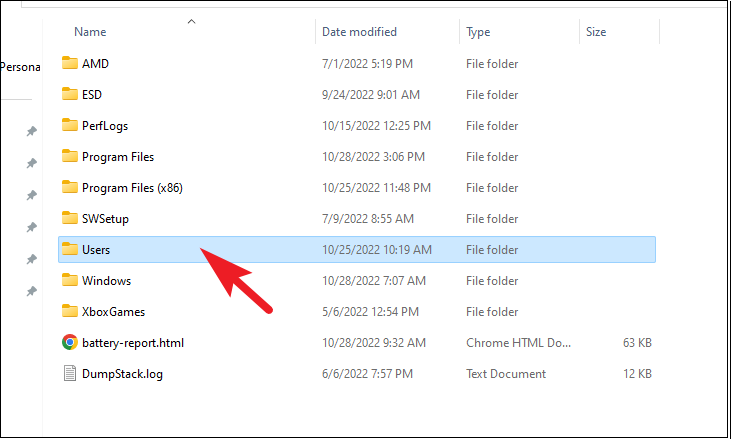
Step 7: Double-click on your user account folder, which is named after your username.

Step 8: Open the AppData folder.
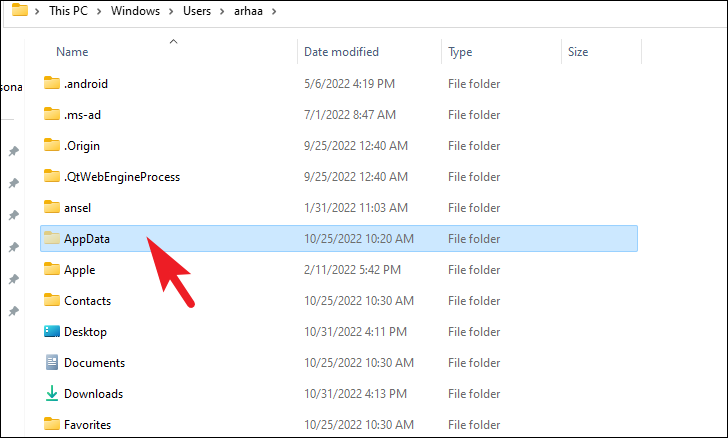
Step 9: Inside AppData, open the Roaming folder.
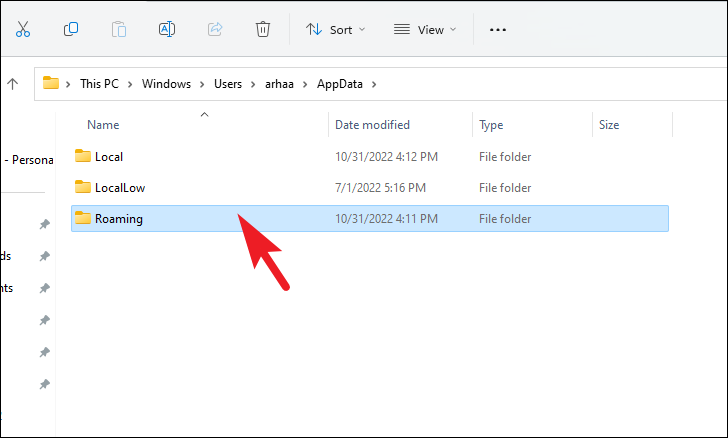
Step 10: Open the Microsoft folder.

Step 11: Navigate to and open the Windows folder within Microsoft.
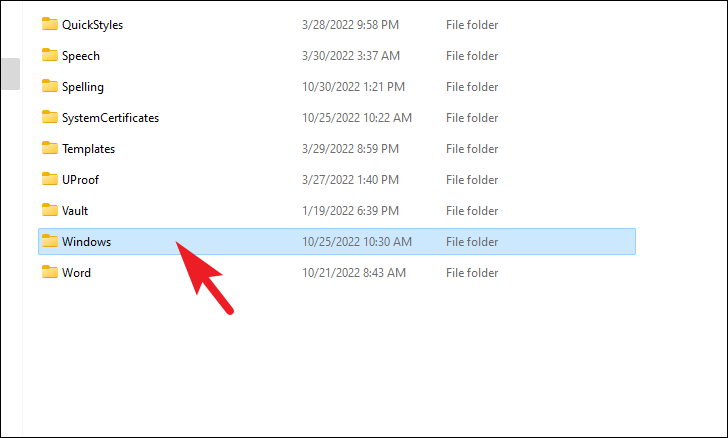
Step 12: Open the Start Menu folder.
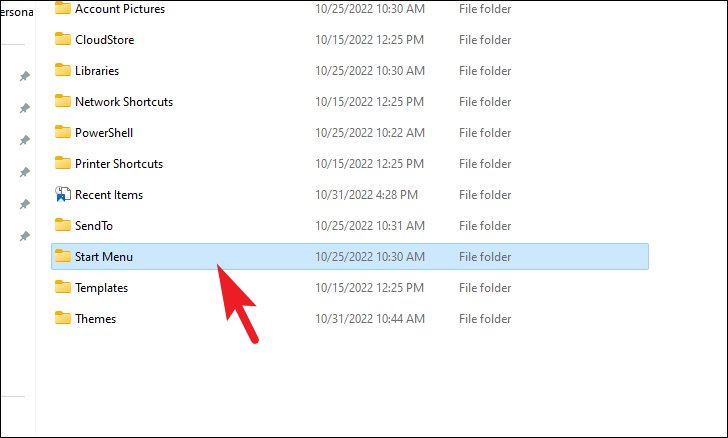
Step 13: Inside the Start Menu, open the Programs folder.

Step 14: Finally, open the Startup folder. You have now accessed the Startup folder through File Explorer.
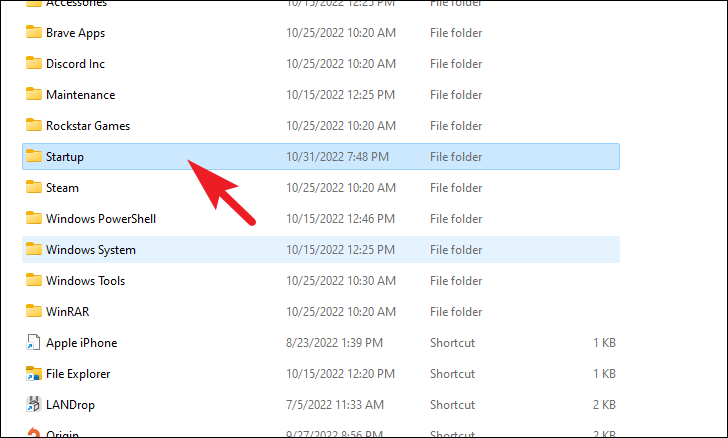
Add programs to the Startup folder
With access to the Startup folder, you can add programs to launch automatically when you sign in to Windows.
Step 1: Right-click inside the Startup folder, hover over New, and select Shortcut from the context menu.
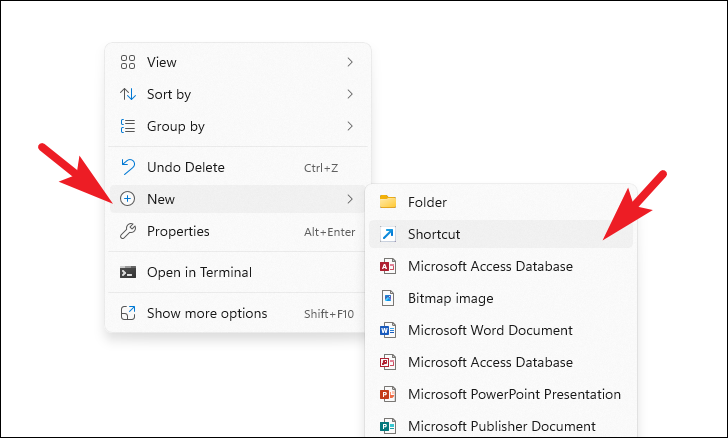
Step 2: In the Create Shortcut window, click on the Browse button to locate the program you wish to add.
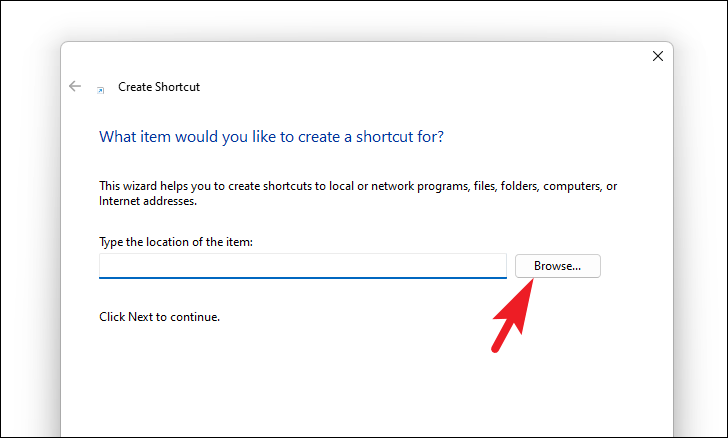
Step 3: Navigate to the installation directory of the application, select the application's .exe file, and click OK.

Step 4: Click Next to proceed.
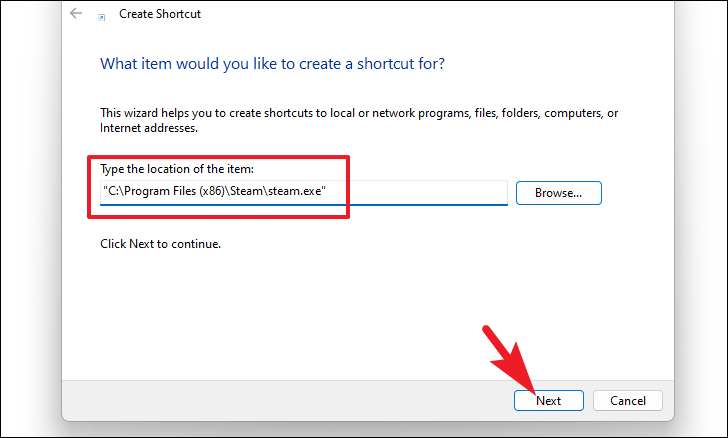
Step 5: Enter a name for the shortcut that you will recognize, and click Finish to create the shortcut in the Startup folder.
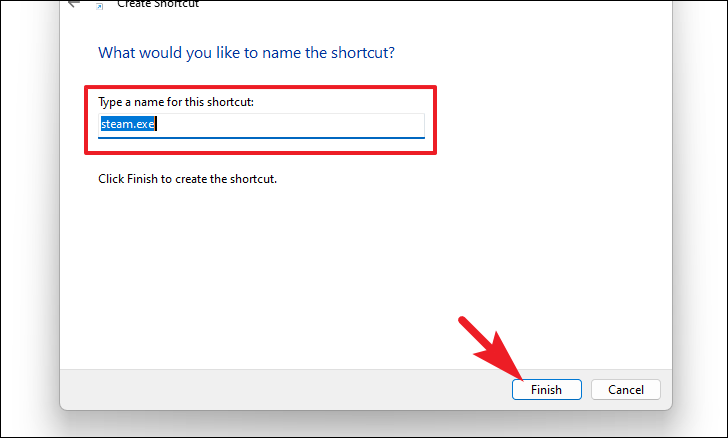
The program you added will now launch automatically every time you sign in to your Windows account.
By utilizing the Startup folder, you can ensure your essential applications are ready to use immediately upon logging in, enhancing your productivity and saving time.


